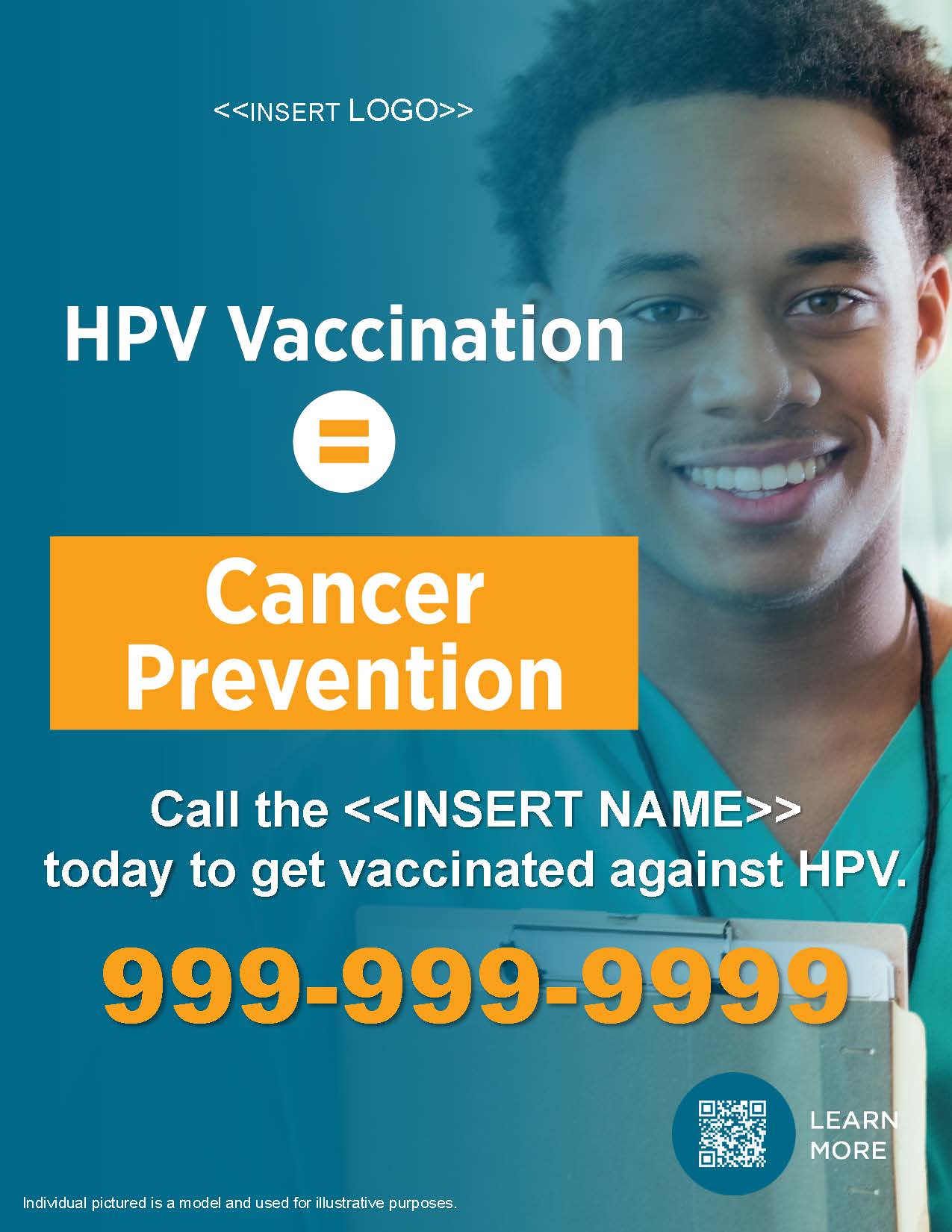HPV Campus Vaccination Program
JHU previously conducted a quality improvement initiative with the goal of determining if an extensive HPV vaccination awareness campaign conducted throughout the undergraduate campus would improve the HPV vaccination rates among eligible student populations. Efforts to increase vaccination rates focused on two approaches:
- Within the Student Health Centers, health and wellness professionals advocated HPV immunization as an anti-genital warts and anti-cancer vaccine and provided a strong recommendation to unimmunized students to receive the HPV vaccine series.
- To inform students outside the Student Health Centers, visual messaging tools highlighted the prevalence of HPV infection, the connection of HPV-infection and genital warts and the availability of HPV vaccination.
Please note registration is required to access the free awareness materials.
HPV – The Issues
Though HPV vaccines have been available for several years in the United States (U.S.), the HPV vaccination coverage in the U.S. remains low. Recent estimates indicate that only 60% of teens aged 13-17 received one or more doses of the vaccine and only about 40% of teens are completing the recommended dosing series.1 In 2015, estimates indicated that only approximately 41% of women and 10% of men aged 19-26 years had received at least one dose.2
A substantial opportunity exists to target college- and graduate school-aged persons for HPV vaccination because many will not have completed or started their vaccinations. For every year that the vaccination rate for the series completion remains at 30-40%, there will be an estimated 4,400 new cases of cervical cancer and an estimated 1,400 cervical cancer-related deaths.3
- Walker TY. National, Regional, State, and Selected Local Area Vaccination Coverage Among Adolescents Aged 13–17 Years — United States, 2016. MMWR. 2017;66(33):874-882.
- Williams WW, Lu Peng-Jun, O’Halloran A, et al. Surveillance of Vaccination Coverage Among Adult Populations – United States, 2015. MMWR. 2017;66(11):1-28. Accessed July 24, 2018 at https://www.cdc.gov/mmwr/volumes/66/ss/ss6611a1.htm
- Centers for Disease Control and Prevention. HPV vaccine: Safe, effective, and grossly underutilized. July 2013. Accessed July 24, 2018 at http://www.cdc.gov/media/releases/2013/p0725-HPV-vaccine.html
What College Health and Wellness Professionals Can Do
Greater HPV vaccination rates will drive down the rates of HPV infection and HPV-related cancers. For this to happen, all healthcare providers need to give a strong recommendation for this anti-cancer vaccine. Greater awareness among students is also needed and visual messaging with the use of posters, yard signs, patient brochures, and videos to promote HPV vaccination can help us reach the Healthy People 2020 goal of an 80% vaccination rate.
Results of our quality improvement initiative demonstrated that efforts such as this lead to statistically significant improvements in vaccine rates in both the female and male student populations.




